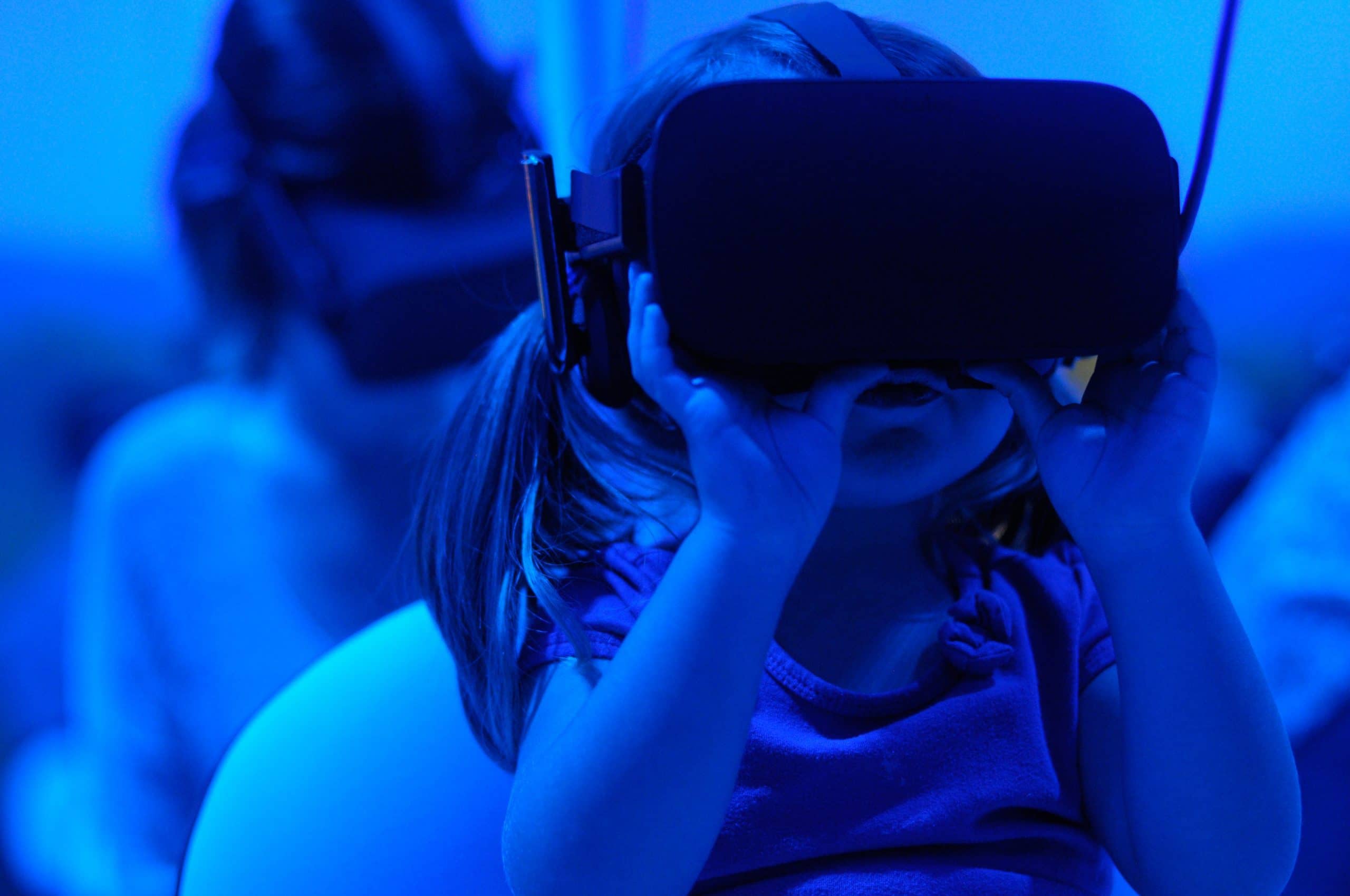The Association for Computing Machinery’s CHI Conference on Human Factors in Computing Systems is something I look forward to every year. It spotlights the best tech that brings humanity together. It has also become a showcase for exciting new ways that people with disabilities can find inclusion within and through technology.
People who are deaf or hard of hearing have a hard time following a group conversation. Now, using an AR-based speech recognition system, speech-bubbles are superimposed over each speaker’s head when the user is wearing a Microsoft HoloLens AR headset. Although the price tag of $3,000 makes owning the HoloLens prohibitively expensive for now, it is promising that companies are already racing to create ways to make it inclusive.
For the blind internet user with a screen reader, the only way they can read a website is if captions have been embedded into the page. The Caption Crawler is a browser plug-in that connects to a screen reader. It does a reverse image search to find the same image and provides existing captions from other websites to the user.
Table-based navigation (like that used on Airbnb), maps and interactive lists are also being made more accessible using a combination of screen readers and a keyboard.
To help the blind navigate a VR world, haptic canes have been developed by Canetroller, a Miscrosoft research project. Studies show that visually impaired people using the haptic cane could navigate a room and identify all the objects in the room.
Considering that VR is only accessible to able-bodied people, exploring ways VR can be made available to everyone regardless of ability or financial status is a worthwhile field to explore. When advances are sought after that make human-computer interaction accessible to everyone, we all benefit from that inclusivity.
Further reading: Virtual Reality Has an Accessibility Problem (Scientific American)
Reality Changing Observations:
1. Society has come a long way towards inclusivity for all. What are some examples of inclusion you can find in your everyday life?
2. What are some corners of tech where inclusion is lagging?
3. Why is inclusion important, especially in new frontiers like VR?





